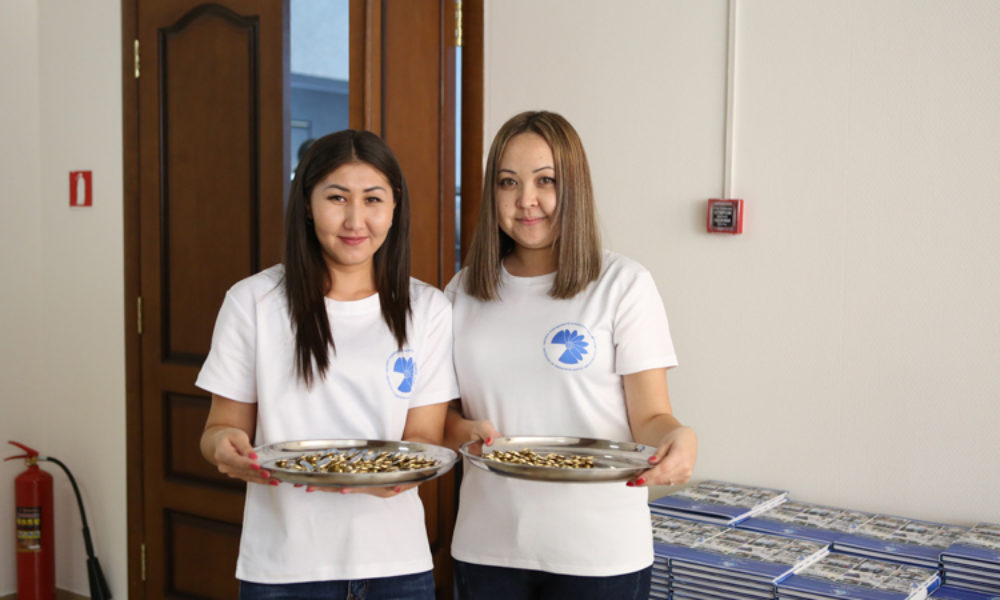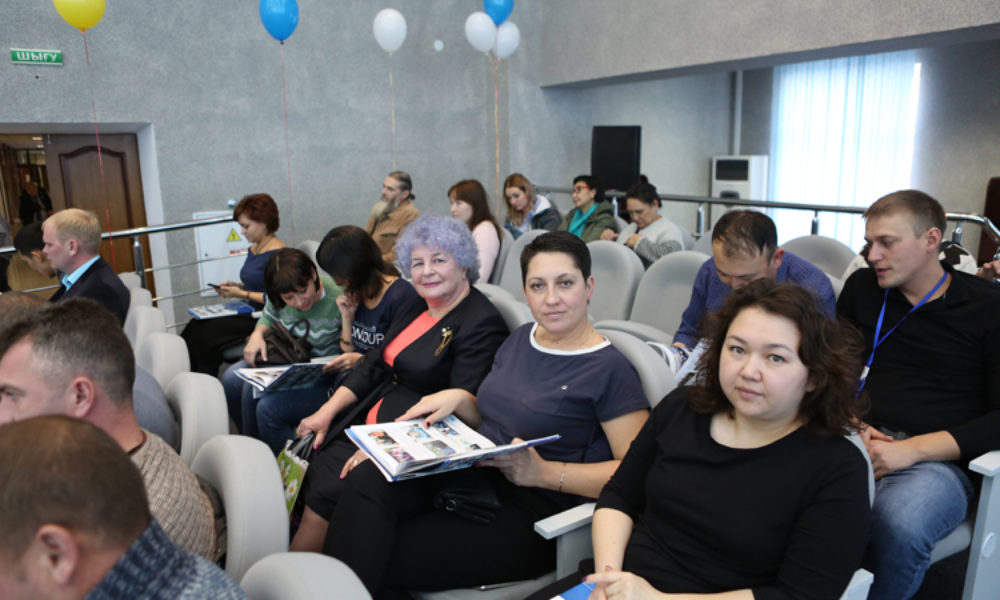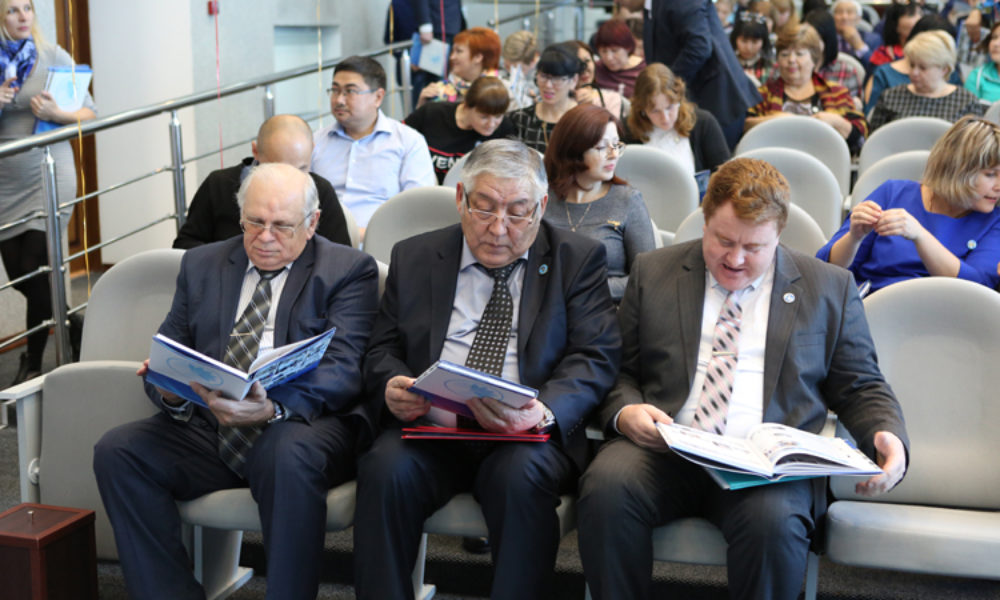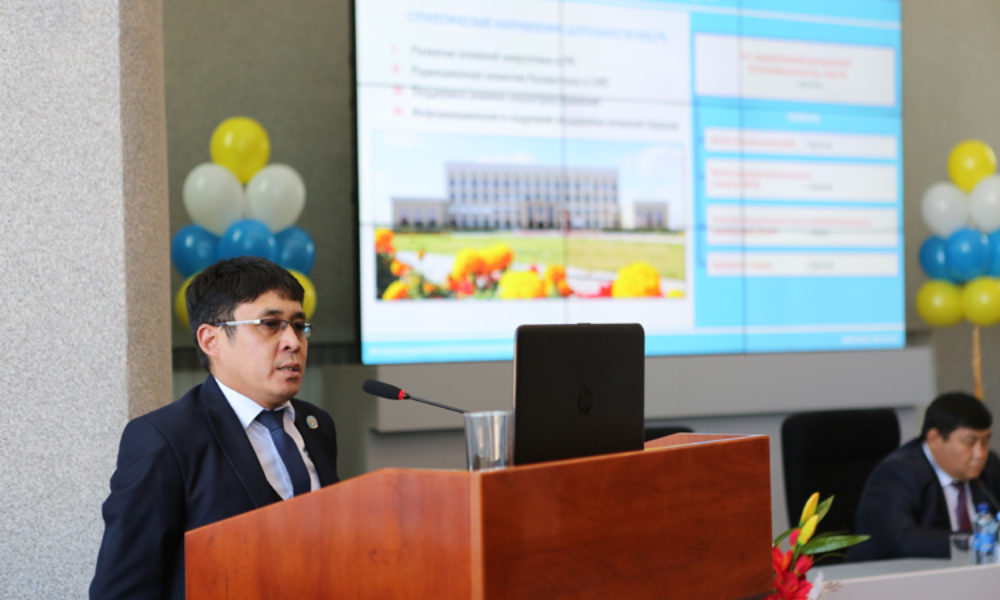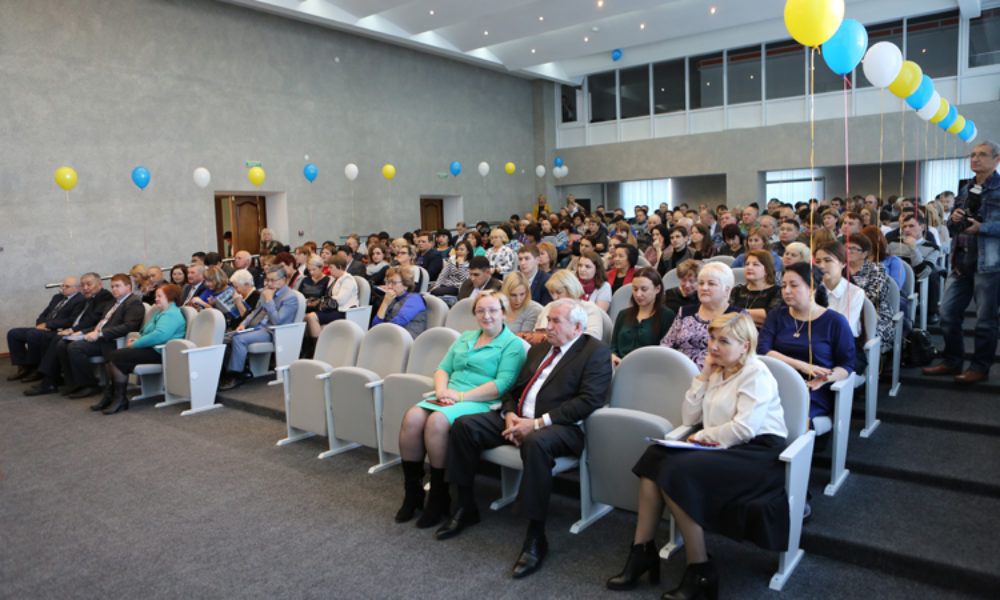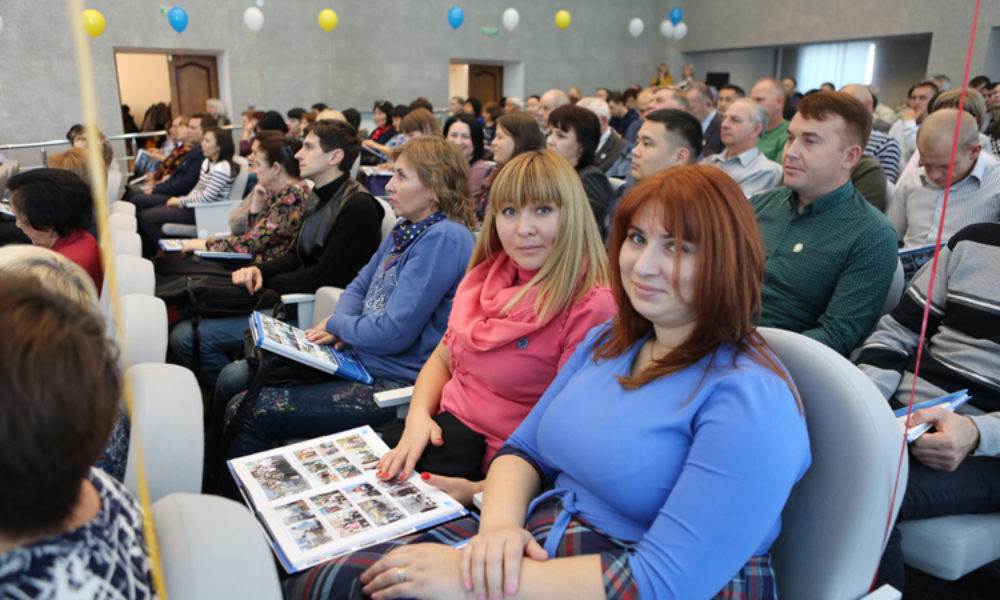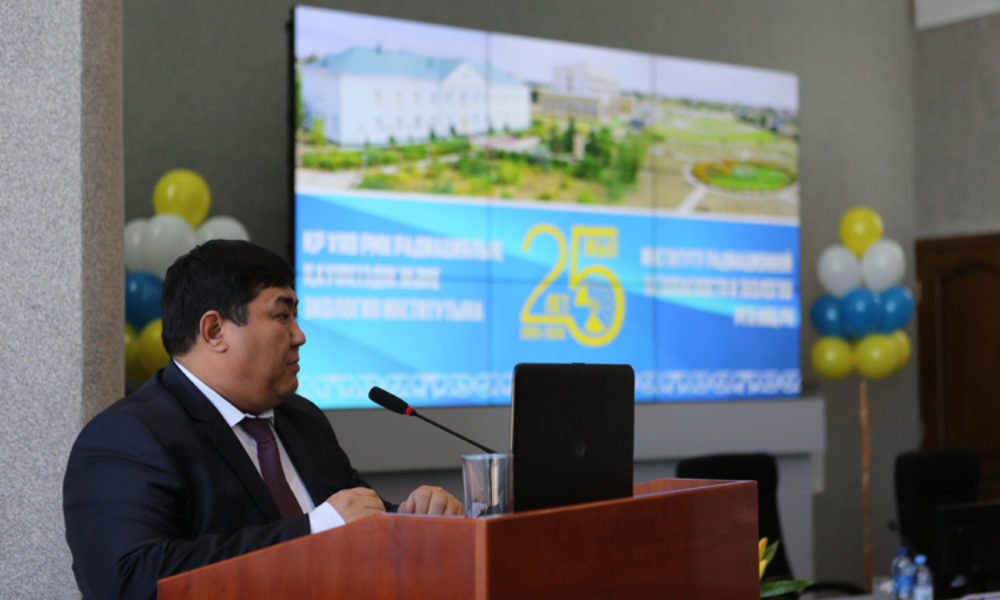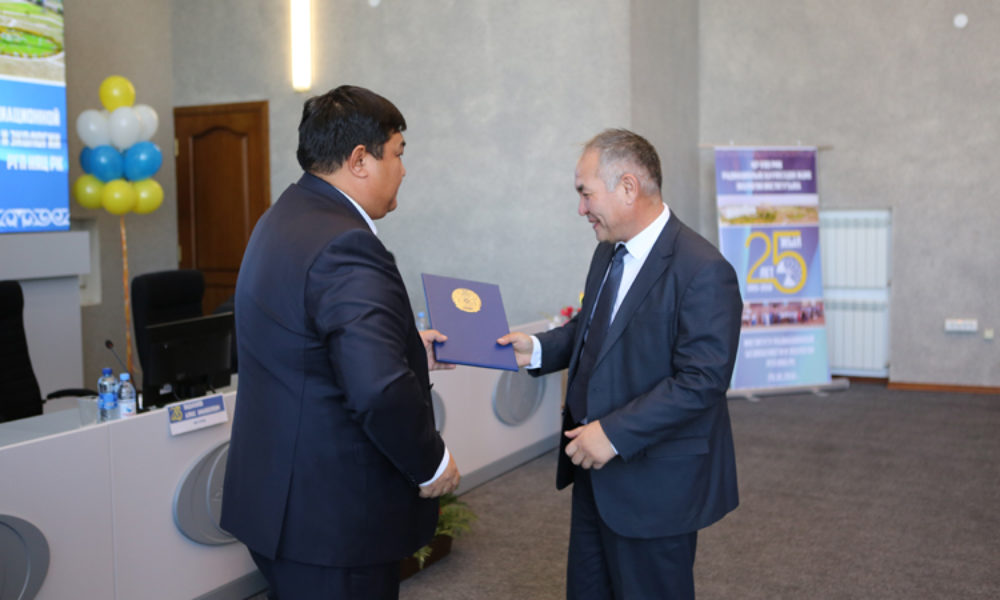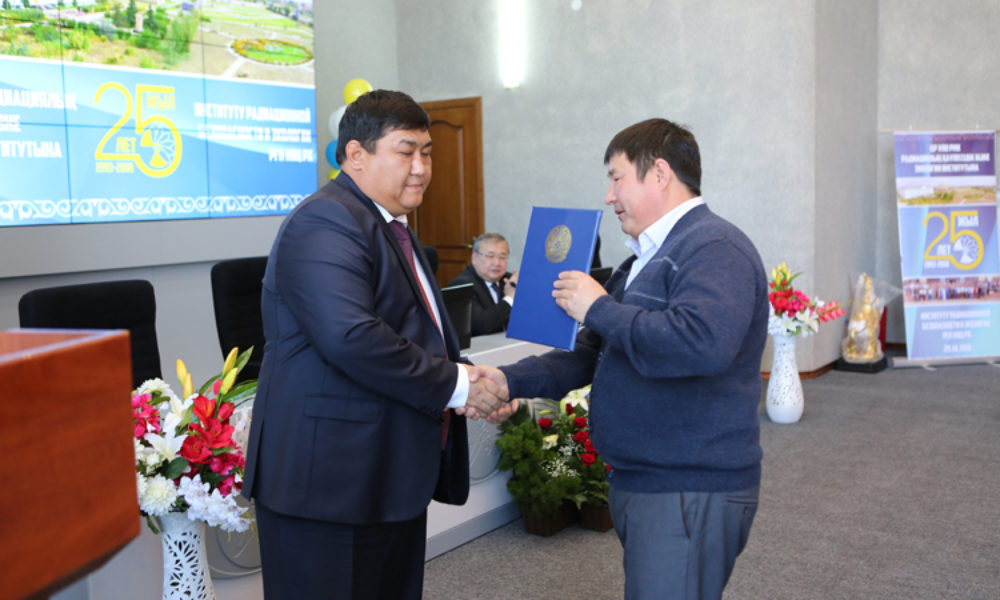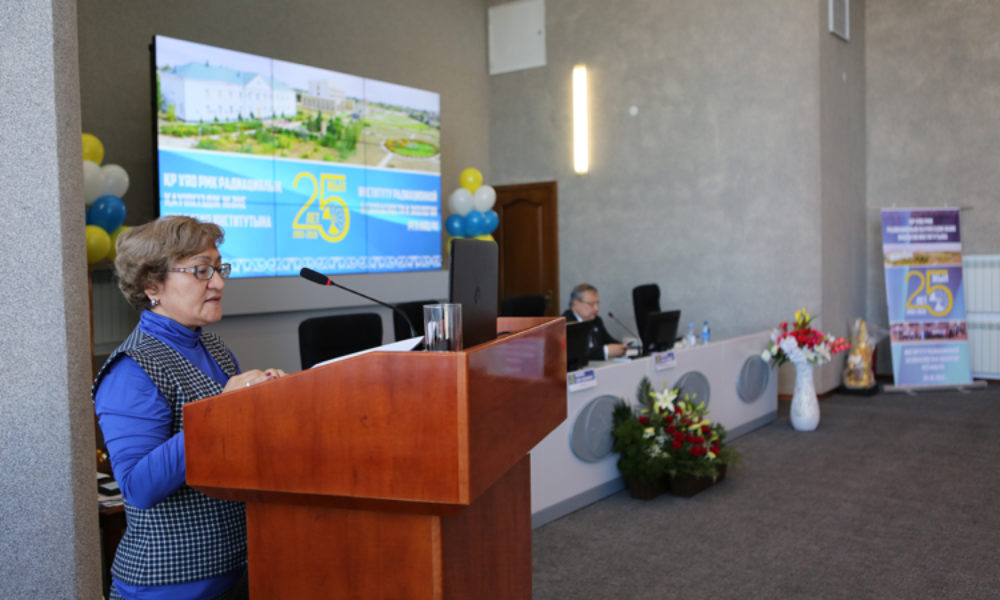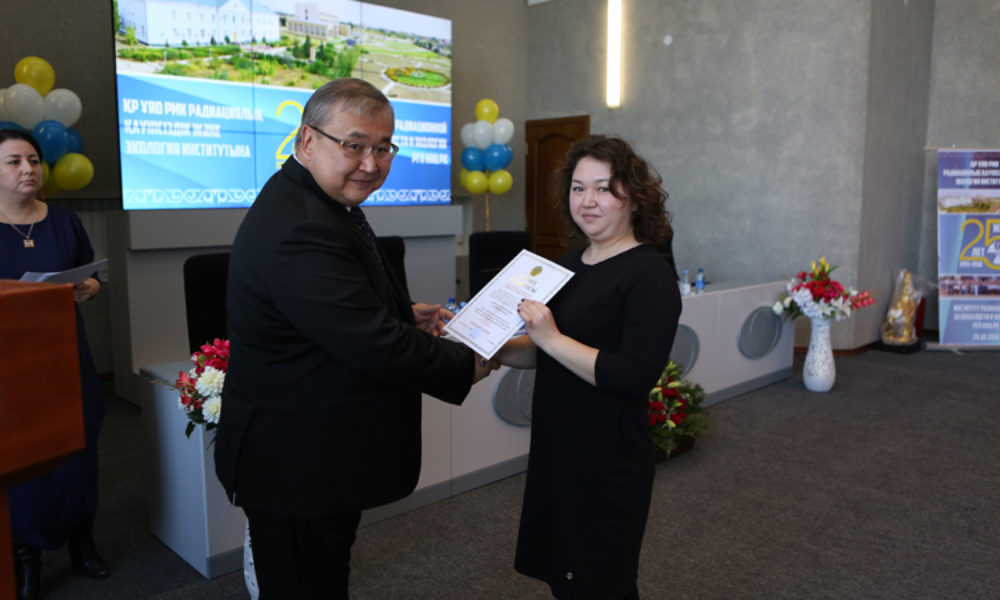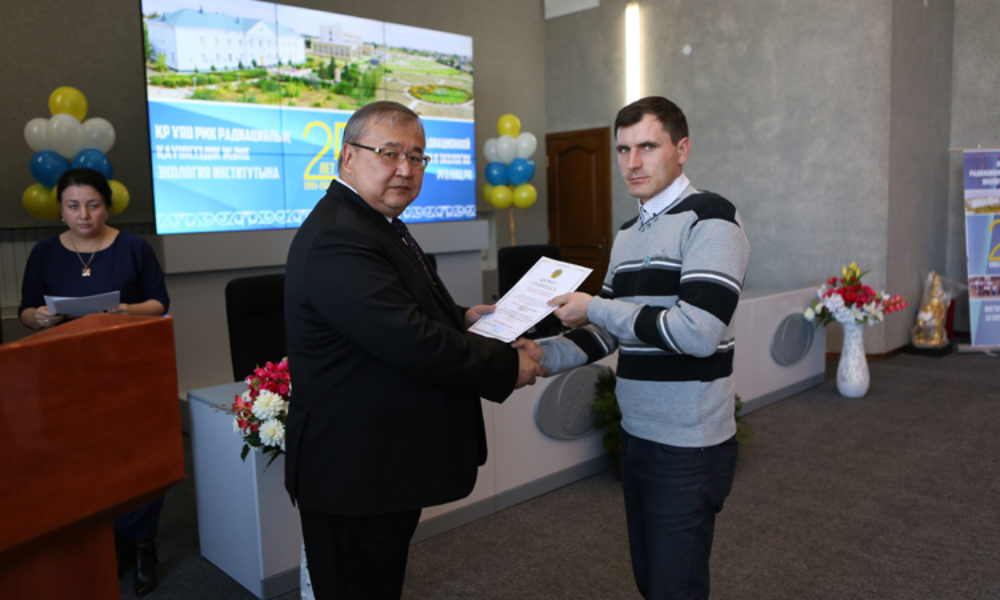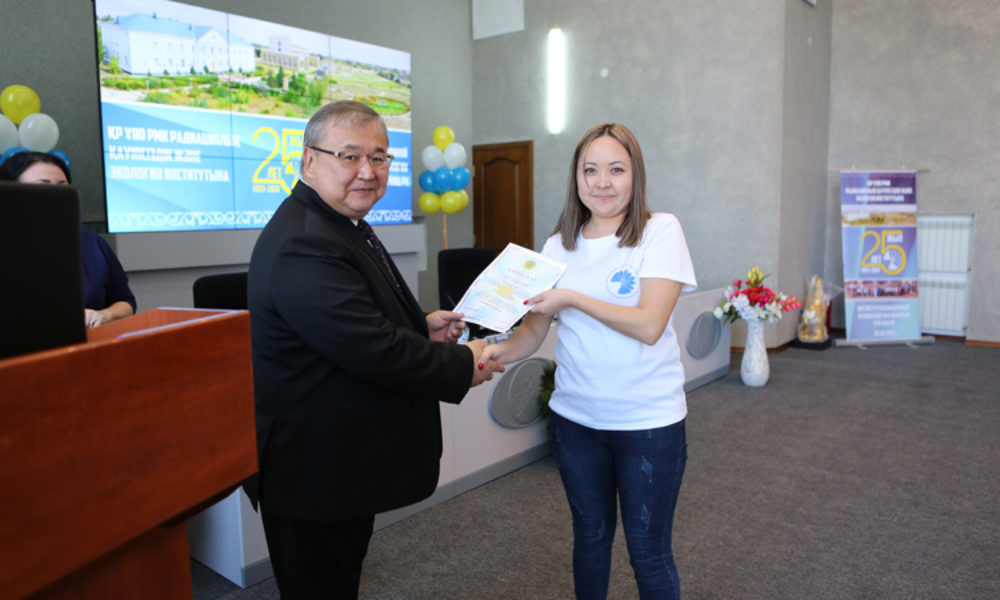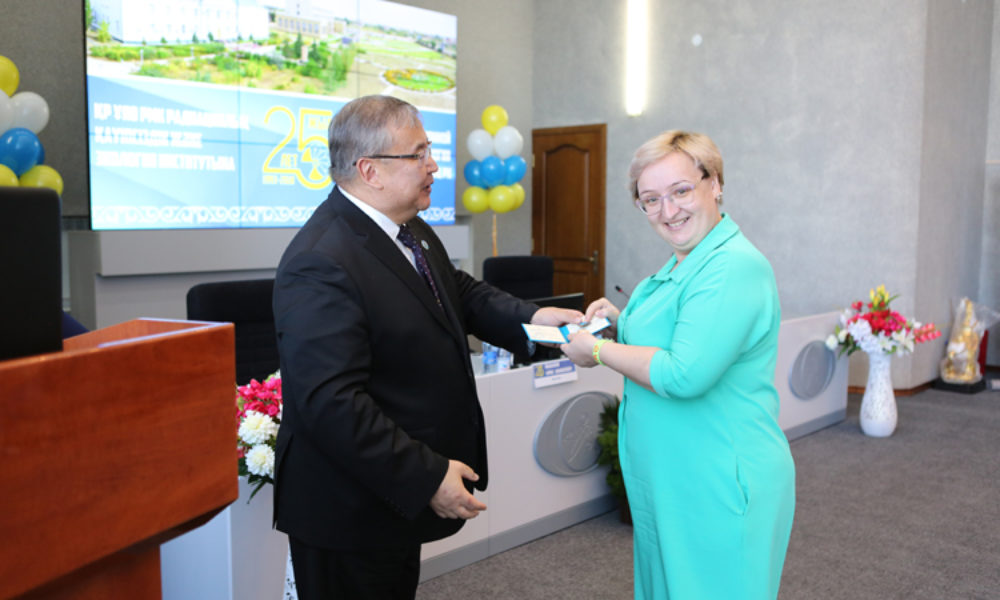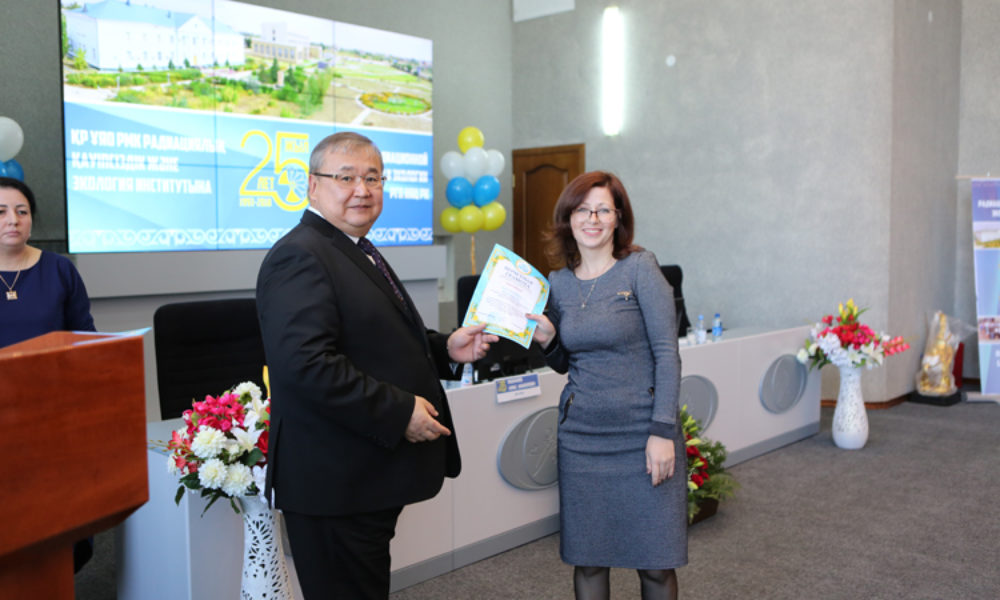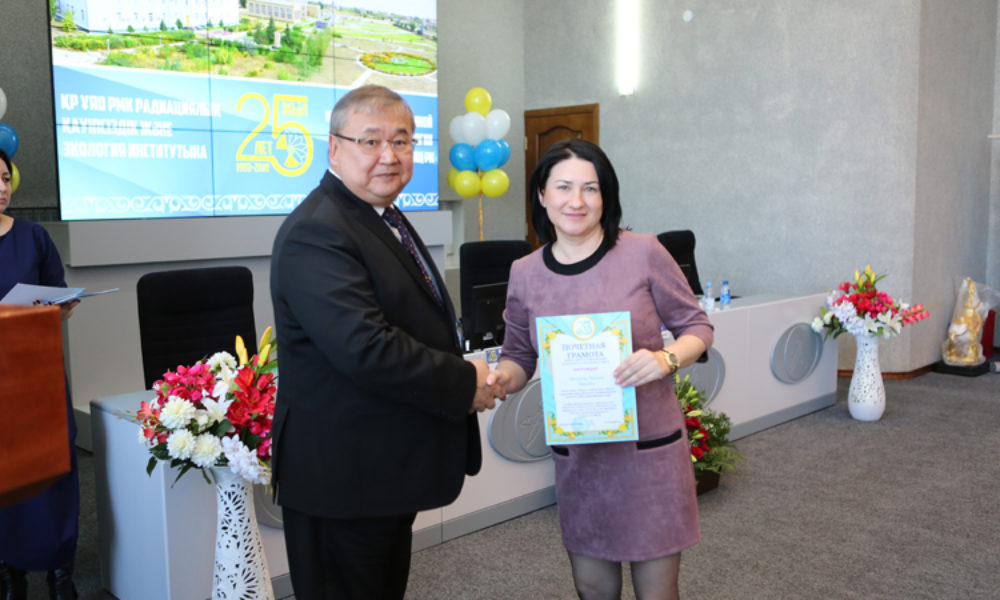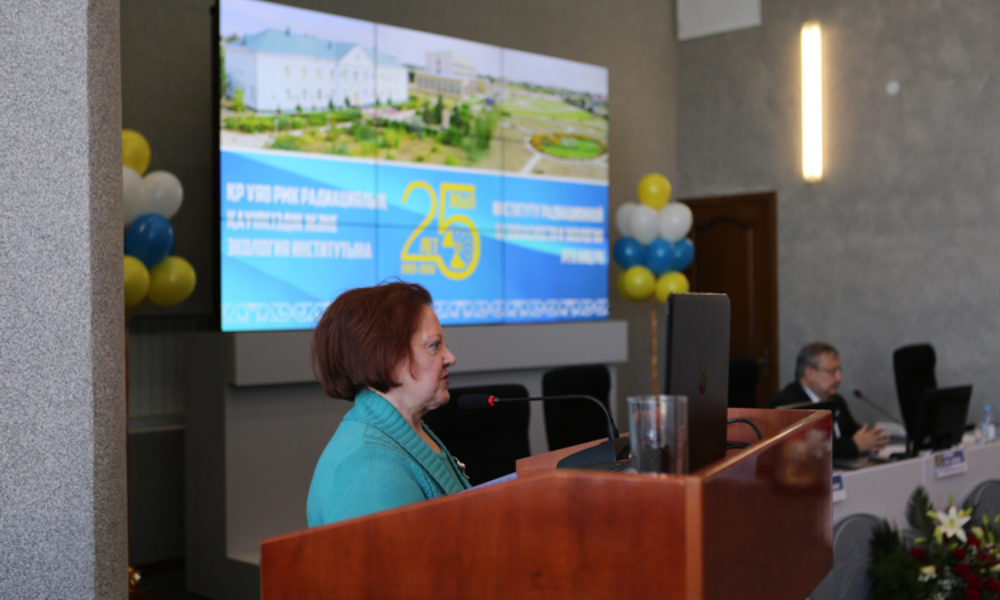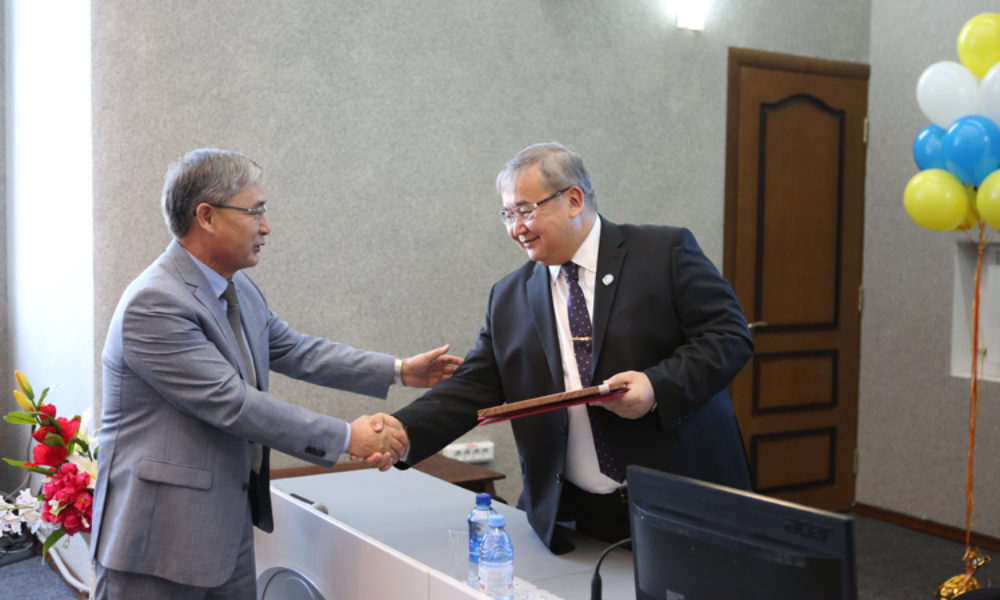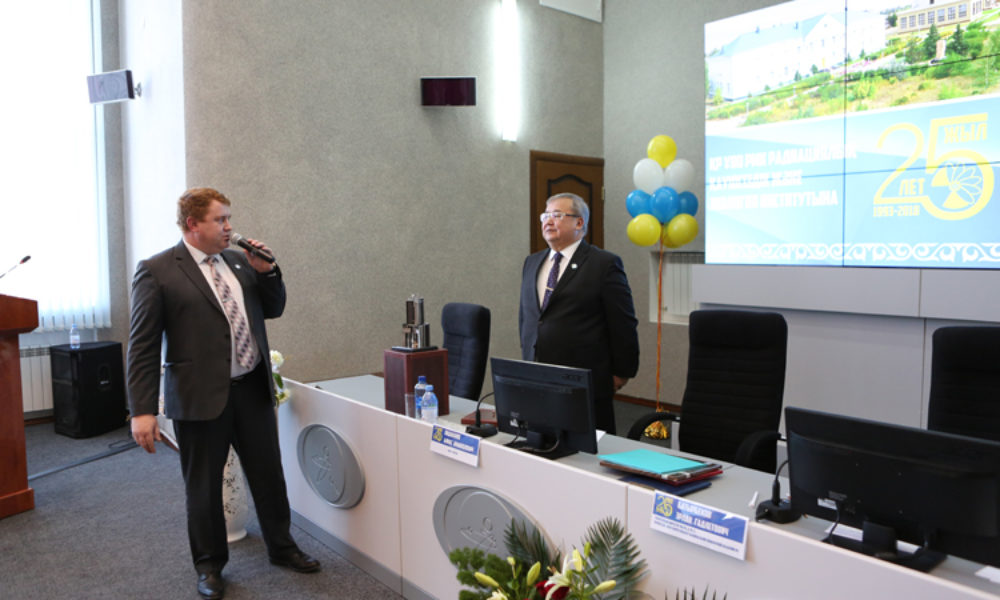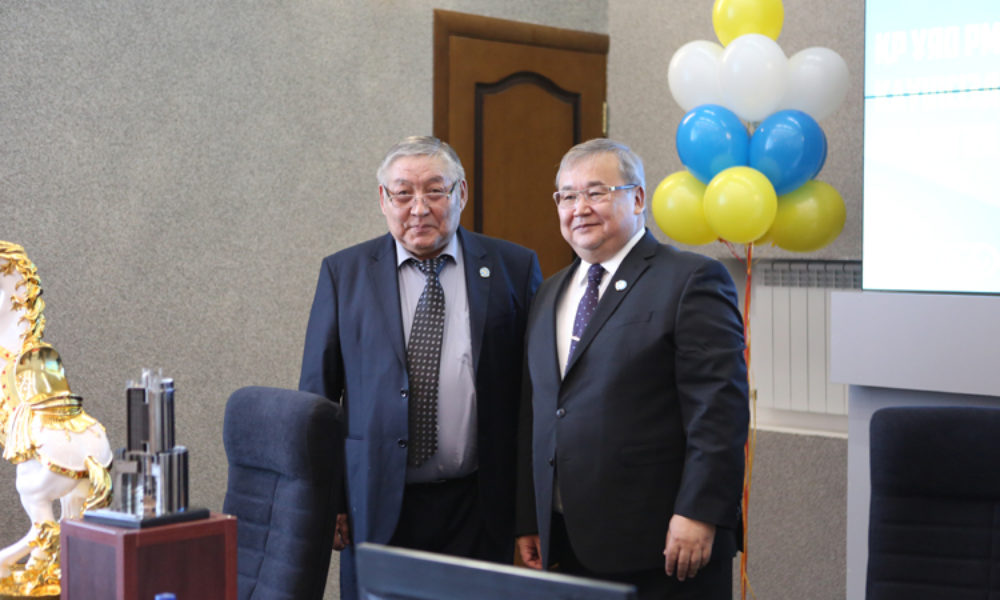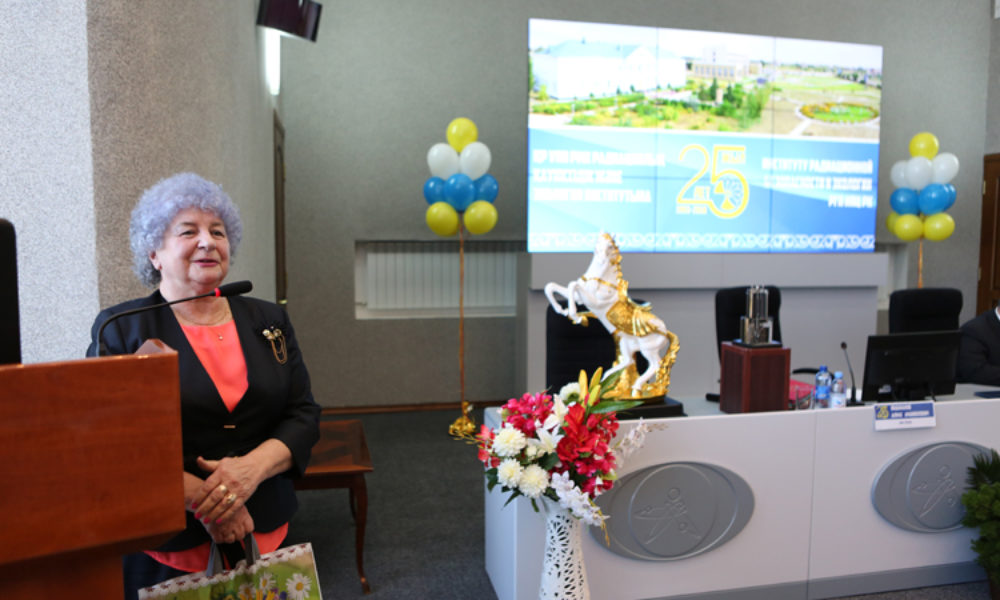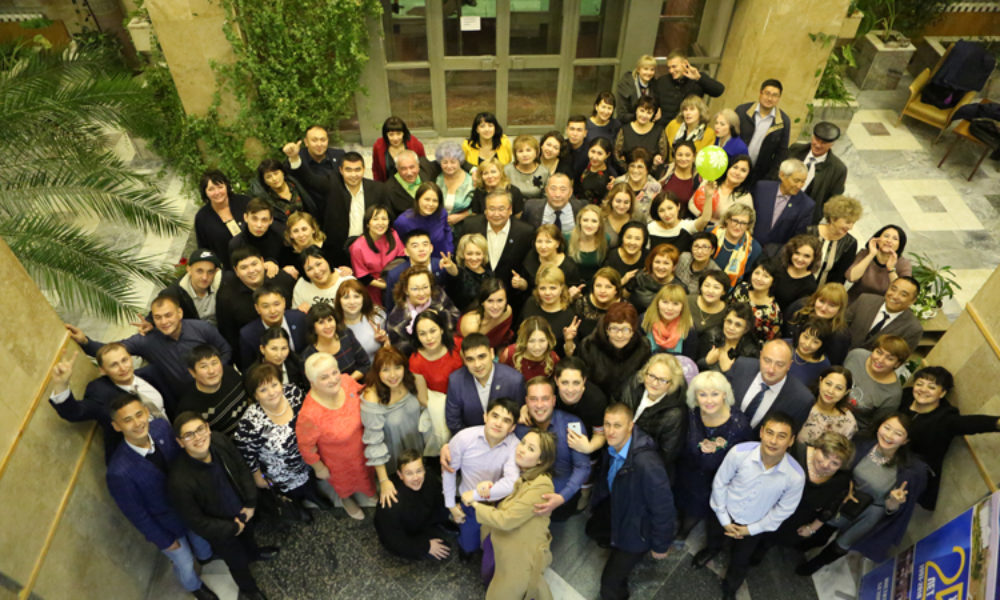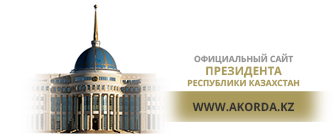РҚЭИ 25-жылдығы
29.10.2018
Радиациялық қауіпсіздік және экология институтын (РҚЭИ) құру туралы ой Семей ядролық сынақ полигоны (ССП) жабылған соң полигонның зерттеу орталығы ретінде жаңа құрылым болып қалыптасуы барысында келді. ҚР Президенті Н.Ә.Назарбаевтың ССП жабу туралы Жарлығы 1991 жылы 29 тамызда жарияланды, ал 1992 жылдың мамыр айында ҚР Министрлер Кабинетінің № 779 «ҚР Ұлттық ядролық орталығы мен Атом энергиясының Агенттігін құру туралы» Қаулысы шықты. ҚР Министрлер Кабинетінің 29.10.1993ж. № 1082 Қаулысымен ҚР ҰЯО құрамына 52605 ә/б базасында ұйымдастырылған РҚЭИ енді.
Құрылған кезінен бастап Институттың барлық тарихы Ұлттық ядролық орталығымен, ал қызметі – полигондағы жұмыстармен тығыз байланысты.
Институт ұжымына бірнеше маңызды сұрақтар берілген: ССП және оған іргелес аумақтағы нақты радиоэкологиялық жағдай қандай, ол тұрғындарға қаншалықты қауіпті? Полигонның қызмет етуі туралы мәліметтері бар барлық құжаттардың құпиялылығына және олардың елден тыс жерде болуына байланысты қолжетімсіз болғаны даусыз. Ядролық сынақтар инфрақұрылымын жою бойынша осы уақытқа дейін басталған жұмыстарға радиациялық ілестірулерді қамтамасыз ету, олардың зардаптарын жою бойынша іс-шараларды жоспарлау қажет болды.
Ел үшін осындай қиында да тарихи-өтпелі уақытта осы және басқа да көптеген сұрақтарға жауап іздеу, жаңа кәсіпорынның ғылыми және шаруашылық қызметінің негізін қалау, жұмысқа қабілетті құрылымды құру, қаржыландыру көзін анықтау, көптеген ілеспе мәселелерді шешуге тура келді. Кәсіпорын құрылуының барлық ауыртпалығын өткерген бірінші негізгі қызметкерлер бұл мәселелерді абыроймен шеше білді.
Жас Институтқа айтарлықтай аппаратуралық-әдістемелік қолдау көрсеткен халықаралық ұйымдардың үлкен үлесін айта кеткен дұрыс. Осындай ұйымдардан бірінші болғандардың бірі Халықаралық ғылыми-техникалық орталық, ол заманауи аппаратураларды жеткізу және ғалымдарға гранттар ұсыну түріндегі көмектерін көрсеткен және әлі де көрсетіп келеді, осылайша өзінің ғылыми потенциалы мен тәжірибесін әлемдік мақсаттарда пайдалануға мүмкіндік береді. Институттың Атом энергиясы жөніндегі халықаралық агенттікпен (АТЭХАГ) серіктестігі ерекше атап өтуге лайықты. Институт қызметкерлері АТЭХАГ аясында ұйымдастырылған жұмыс кеңестеріне қатысады, әлемнің ірі ғылыми-зерттеу орталықтарындағы оқыту курстарынан, тағылымдамалардан өтеді. Бұдан басқа, ССП аумағын кешенді радиоэкологиялық зерттеулер материалдары АТЭХАГ сарапшыларының міндетті сараптамаларынан өтеді. Бірегей аналитикалық жабдықтардың көп мөлшері техникалық кооперациялар жобалары шеңберінде алынған болатын.
Бүгінде Радиациялық қауіпсіздік және экология институтына берілген бірінші орындағы тапсырмалардың орындалғанын сенімді түрде айтуға болады. ССП және іргелес аумақтағы ағымдағы радиациялық жағдайға қатысты ақпараттың үлкен көлемі алынды. Ядролық сынақтар жүргізу үшін құрылған инфрақұрылым толықтай жойылып, қауіпсіз жағдайға келтірілген. Радиоактивті ластанудың барлық маңызды телімдері анықталған, қоршаған ортаның негізгі орталарындағы техногенді радионуклидтердің шоғырланулары, сонымен қатар, токсиканттар мен микроэлементтер деңгейлері сапалы жоғары деңгейде анықталған, радиоактивті заттектер жылыстауларының негізгі жолдары мен механизмдері анықталған. ССП аумағының үлкендігін, онда жүргізілген сынақтар мөлшерін, орындары бар радиациялық ахуал мен жағдайдың кең спектрін ескере отырып, мұндай деректер ауқымын Институттың және бүкіл Ұлттық ядролық орталықтың жоғары білікті ұжымының нақты, үйлесімді жұмысы болмаса, тіпті 25 жыл ішінде де алу мүмкін емес еді. Инфрақұрылымды қалпына келтіріп, елдегі, тіпті бүкіл посткеңестік кеңістіктегі бірегей, таңдаулы зертханалық-аналитикалық базаны құру іске асты.
ССП жұмыстар жүргізу кезінде жинақталған тәжірибе мен қол жеткізілген құзіреттіліктің нәтижесінде біз радиоэкология саласындағы жетекші кәсіпорын болдық. Бүгінгі күні Институтқа ССП қызметіне байланысты ғана емес, Қазақстанның басқа да стратегиялық және әлеуметтік маңызды нысандарына байланысты мәселелерді шешуге тура келеді, бұл Ертіс химия металлургия зауыты қызметінің салдарын және Тоқыраудағы әскери арсеналдағы өртті жою, сонымен қатар, батыс Қазақстандағы және бүкіл елге әйгілі болған Калачи ауылындағы радиациялық жағдайды зерделеу болып табылады. ССП мәселелері Институт қызметінде келесі жылдары да маңызды болып қала беретіні сөзсіз, алайда, онымен бірге, жалпы Қазақстанның радиациялық мәселелерін шешуге қатысты жауапкершілік те сезілмей қалмайды.




